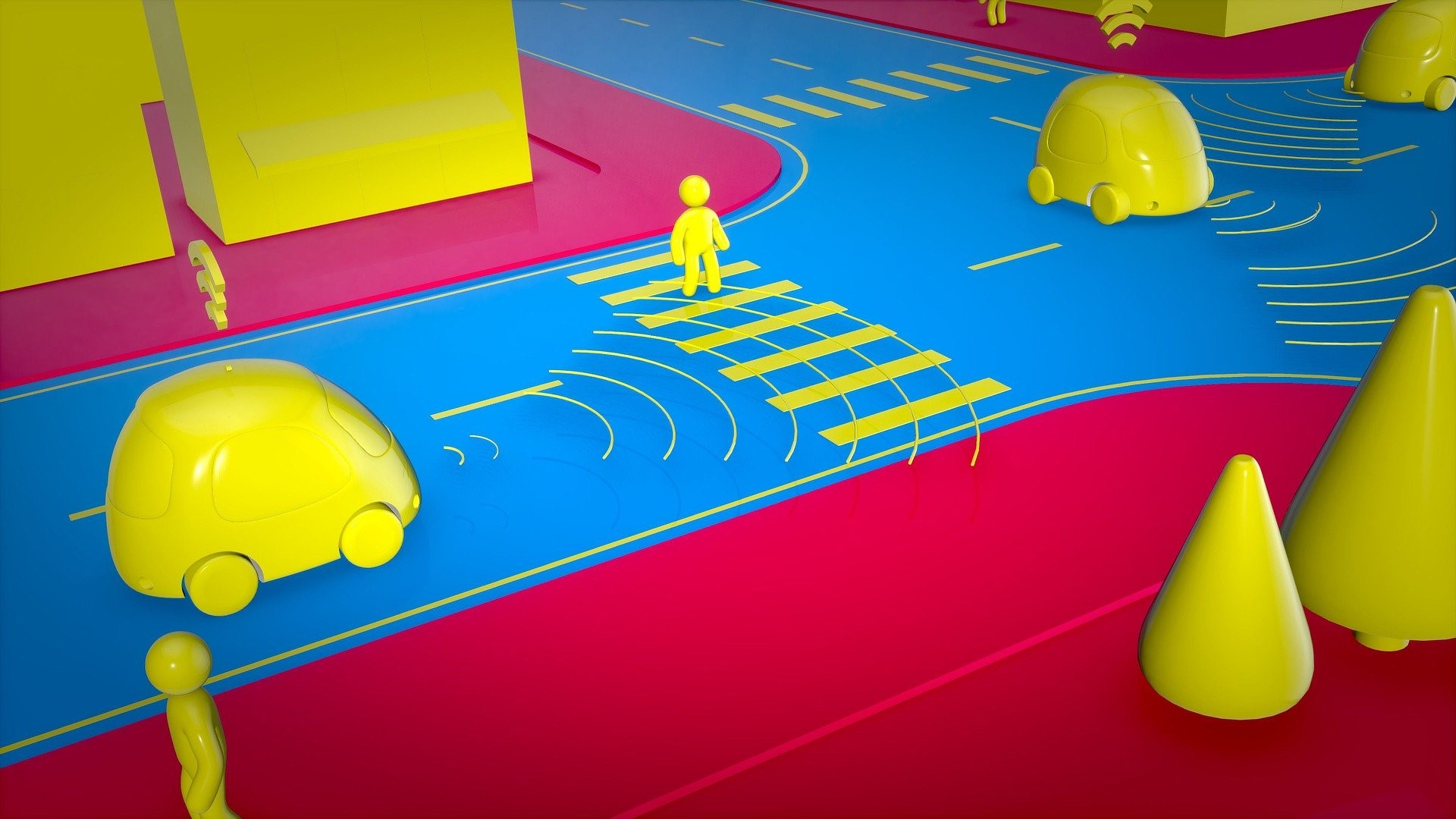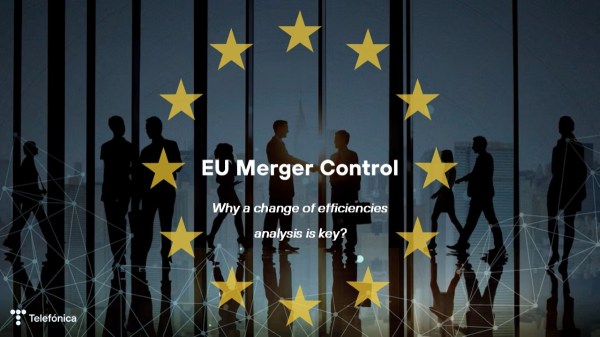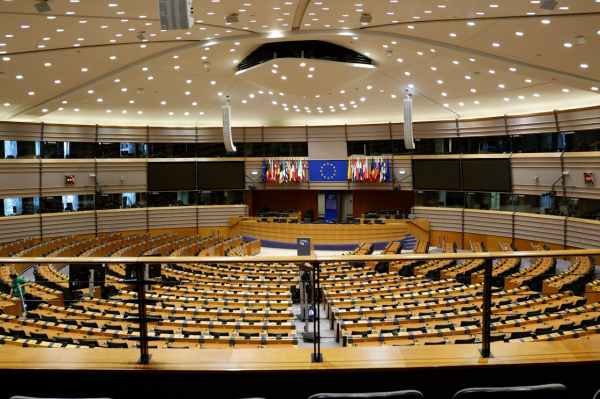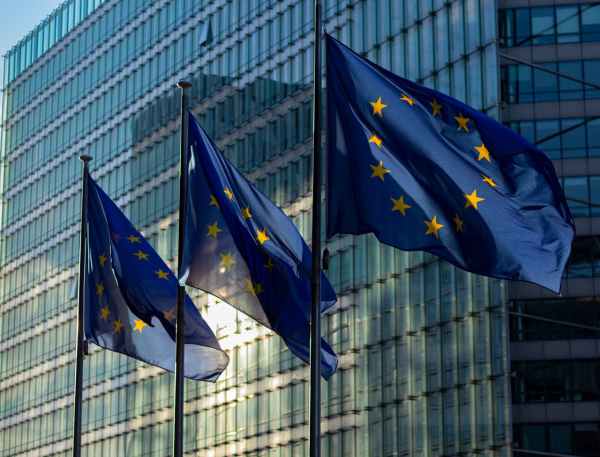 Jorge Morillo
Jorge Morillo
Head of Corporate Regulatory Strategy, Telefónica S.A.
We are facing probably the most important five-year period in recent history, in which the foundations of a new society and economy will be laid and in which digitalization will change the foundations of the world we know today. Investments and decisions made in the coming years will have a direct impact on employment, competitiveness and the well-being of people.
The introduction of the connected and autonomous car has enormous benefits for society as a whole, with a significant increase in road safety on the way towards the goal of “zero victims” in 2050; to achieve a more inclusive mobility for certain groups, improve traffic management and the consequent reduction of its environmental footprint.

Not only are social benefits at stake, however, but it will bring enormous economic opportunities for two of the country’s major industries. Industries such as telecommunications or automotive have an enormous weight in the national economy and have become European leaders with a global impact. Maintaining that leadership in both sectors against other regions such as Asia or the United States must be a common objective in which we need to work closely together. The meeting point of both industries is manifest today in the development of the bases of the connected and autonomous car, precisely at a time when the deployment of 5G networks is beginning in Spain and on the continent.
The European Strategy for Future Mobility, published in May 2018 by the European Commission, aims to ensure a smooth transition to a safe, ecological, connected and autonomous mobility ecosystem, where connectivity, and especially 5G networks, will play a key role. The development of this strategy will strengthen and expand the role of communications, which will not be limited simply to communication between people. Vehicle-to-vehicle (V2V), vehicle-to-infrastructure (V2I) or vehicle-to-pedestrian (V2P) communications, among others, will form a communications network (V2X) in which operators will be key to optimisation and the creation of added value around 5G networks and their new business models.
Benefits and opportunities of mobility are enormous and we cannot let them pass us by. This is precisely where digital leadership, currently at play between the different regions lies. The strategy is already defined at European level and it is now up to the sectors involved to cooperate closely and swiftly in removing regulatory barriers, as well as in identifying new use cases and business models around mobility. This is our way of contributing to the progress of society.








